
OR
Govt takes precautionary measures as monsoon season approaches
Published On: June 2, 2023 02:30 PM NPT By: Republica | @RepublicaNepal
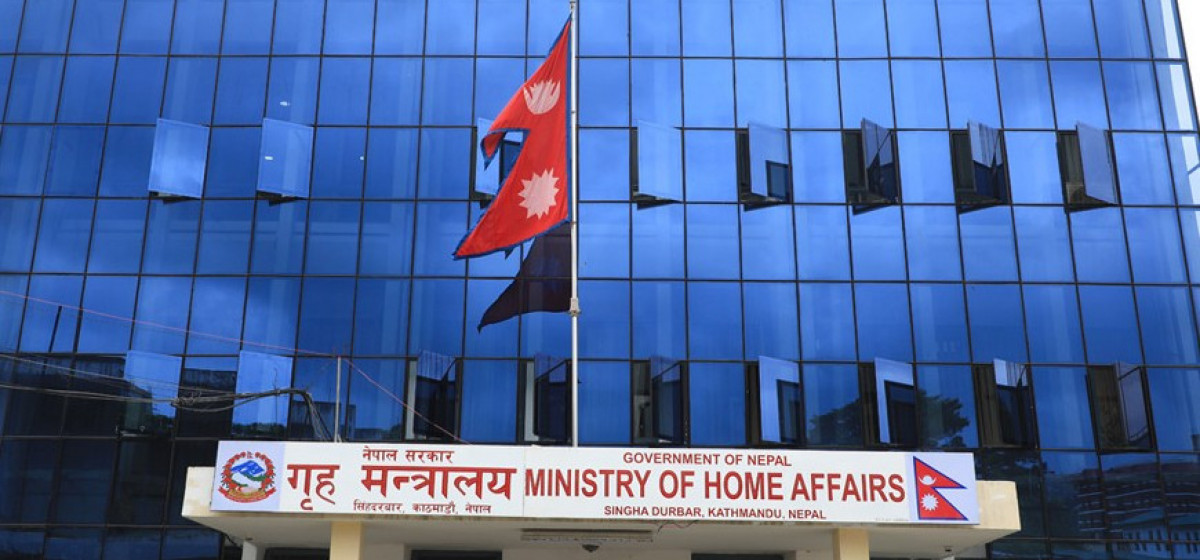
KATHMANDU, June 2: With the onset of pre-monsoon activities in the country, the government is ramping up its preparations to address and manage monsoon-induced disasters through an integrated disaster management system. This initiative comes in response to the significant impacts of past disasters, which were reportedly exacerbated by a lack of preparedness. The disaster management system operates through collaborative efforts between the Ministry of Home Affairs and various stakeholders.
Work on the integrated system is currently underway, while other aspects are still in progress, according to the National Disaster Risk Reduction and Management Authority (NDRRMA). The related policies, laws, rules, and procedures are being developed as part of these efforts.
The integrated system is expected to enhance preparedness, mitigate disasters, facilitate search and rescue operations, and support rehabilitation. Under this system, all relevant governmental and non-governmental organizations will collaborate to develop a comprehensive action plan for natural disasters. Human resources will be mobilized in accordance with the action plan, as stated by Anil Pokharel, CEO of NDRRMA.
A draft of the action plan for monsoon-related disasters this year has been prepared, and preparations are underway for its implementation following endorsement by the executive committee next week.
"Our South Asia model, known as the Integrated Monsoon Preparedness and Response Plan (IMPRP), has been developed based on our own experiences in disaster response. Resources and manpower will be deployed according to this plan," Pokharel added.
Although this monsoon season is expected to have lower rainfall accompanied by rising temperatures, experts suggest being prepared for potential disaster risks. The NDRRMA has adopted disaster management preparedness based on past experiences, the country's geographical situation, the impact of climate change, and the identification of high-risk areas. Arrangements for temporary shelters and relief for disaster victims have also been made.
Deputy Prime Minister and Minister for Home Affairs Narayan Kaji Shrestha, who also chairs the executive committee of the NDRRMA, recently directed the relevant authorities to leave no stone unturned in disaster management this time. He emphasized the need for comprehensive preparedness, including potential amendments to laws and rules. The executive committee meeting of the NDRRMA on May 12, 2023, instructed all subordinate bodies and stakeholders to prioritize disaster preparedness.
Currently, the Disaster Risk Reduction and Management Act of 2074 BS (amended in 2075 BS) and the Disaster Risk Reduction and Management Rules of 2076 BS are in effect. The Disaster Preparedness and Response Directives of 2080 BS are under development, and the Disaster Risk Reduction and Management Partnership Organization Mobilization Procedure of 2080 BS is in the final stages of approval.
The government is working towards implementing the Procedure soon after its endorsement, according to Jitendra Basnet, spokesperson for the Ministry of Home Affairs. The NDRRMA is responsible for formulating the IMPRP, which specifies the division of tasks among stakeholders to reduce losses caused by monsoon-related disasters this year.
Preparations for search and rescue efforts, as well as relief and accommodation for disaster victims, are mainly the responsibility of local governments. Therefore, experts recommend equipping them with the necessary resources and manpower.
Furthermore, an action plan has been created to establish the Disaster Risk Reduction and Management Partnership Organization Mobilization Procedure of 2080 BS, as discussed during a recent meeting. Representatives from various ministries, including Home Affairs, Finance, Federal Affairs and General Administration, Health and Population, Women, Children and Senior Citizens, National Planning Commission, NDRRMA, and Social Welfare Council, attended the meeting. The NDRRMA stated that this Procedure, which is part of the Integrated Disaster Management System, will assign responsibilities to the partnership sector.
The respective ministries have already initiated their work accordingly. The Ministry of Physical Infrastructure and Transport has commenced preparations to minimize disaster-induced losses in the infrastructure sector. They have planned to mobilize machinery from 136 locations across the country, ensuring that it reaches the affected sites within 30 minutes and clears blocked roads within two hours in case of monsoon-related disruptions. To achieve this, they have readied 116 machines and 13 Bailey bridges.
The Nepal Army has prepared its rescue teams and helicopters for emergency response, while the Armed Police Force has organized a divers' team with the necessary equipment. The Nepal Police force will be mobilized in an integrated manner. Additionally, hundreds of volunteers have been placed on standby at each local level and will be deployed as required.
Krishna Devkota, a disaster management expert, suggests several preventive measures, including timely collection and dissemination of information about disaster risks, estimation of potential risks and losses, and preparedness to tackle disasters.
The NDRRMA has collected data on human resource mobilization and relief material supply. Arrangements have been made for the deployment of resources, organizations, warehouses, temporary shelters, restoration of shelters, identification of safe areas, construction of housing for victims, and the establishment of a prompt pre-information system. These actions will be carried out through the integrated action plan.
Disaster Management in Government Policies
The government's policies and programs for the fiscal year 2023/24 prioritize the prompt rescue and treatment of disaster victims, injured individuals from road accidents and criminal activities, and the operation of a national integrated emergency service system. This system will coordinate the mobilization of ambulances, fire engines, security agencies, and healthcare workers. Moreover, the government aims to enhance productivity by mitigating the impacts of climate change and integrating disaster-related activities and climate change adaptation measures.
The government has also formulated policies to address compensation distribution, relief management, post-disaster reconstruction of structures and houses, and the management of insurance policies. Additionally, it prioritizes equipping relevant agencies involved in disaster response with modern firefighting and bushfire equipment, as well as striving for recognition as the International Search and Rescue Advisory Group.
(RSS)
You May Like This

Government asked to carry out short and long-term activities at disaster hist area
KATHMANDU, July 28: The National Assembly has directed the government to carry out short term and long-term activities at flood... Read More...

Government to come up with special package for natural disaster survivors
KATHMANDU, Nov 6: The government is to come up with a special package targeting survivors of natural disasters (landslides and... Read More...

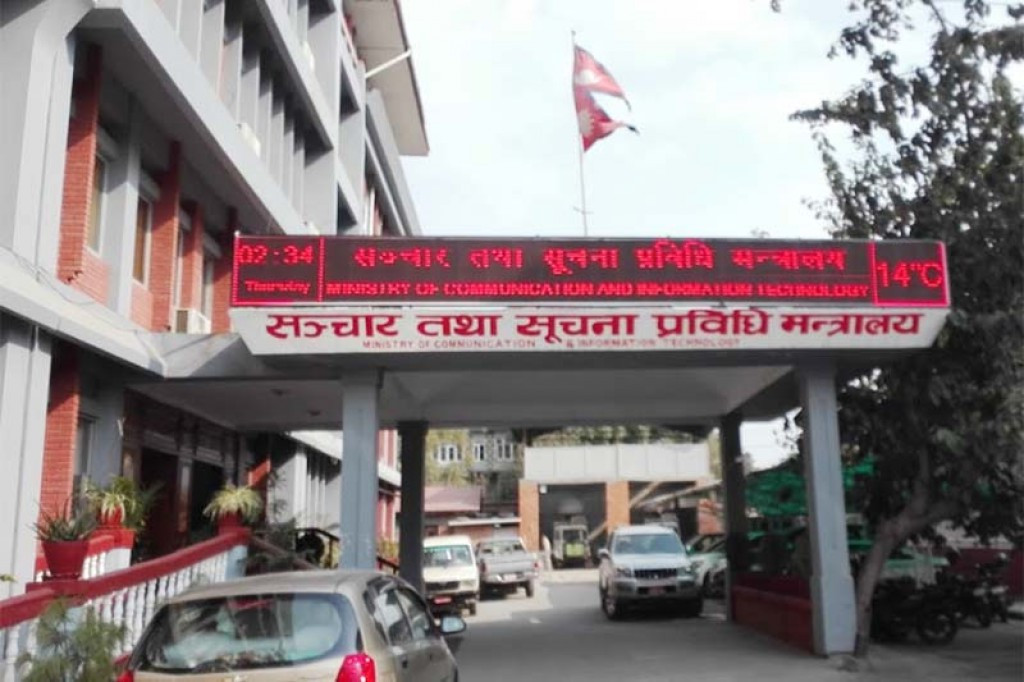
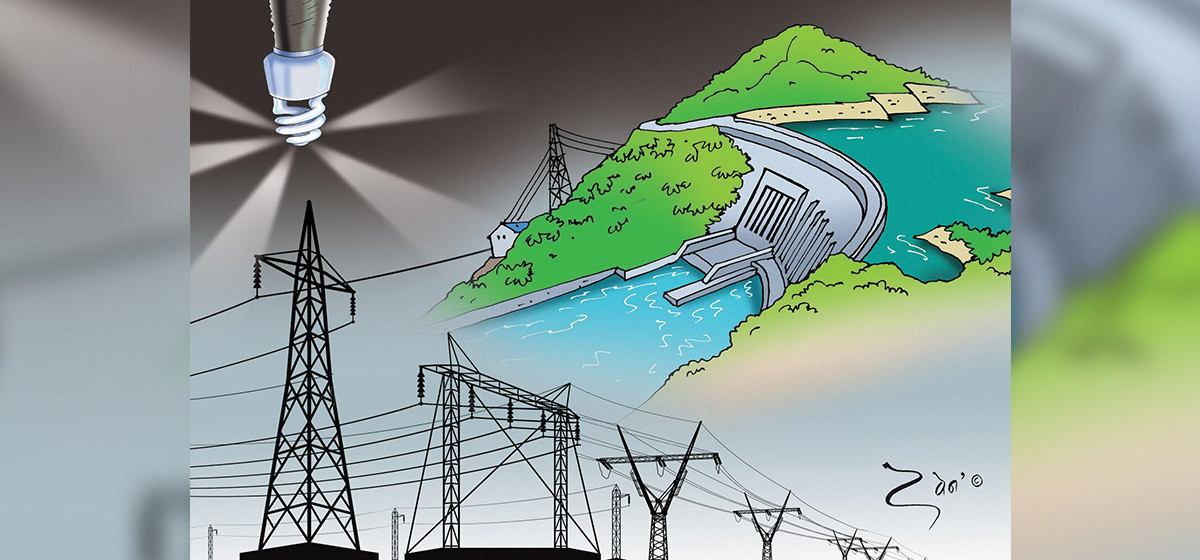
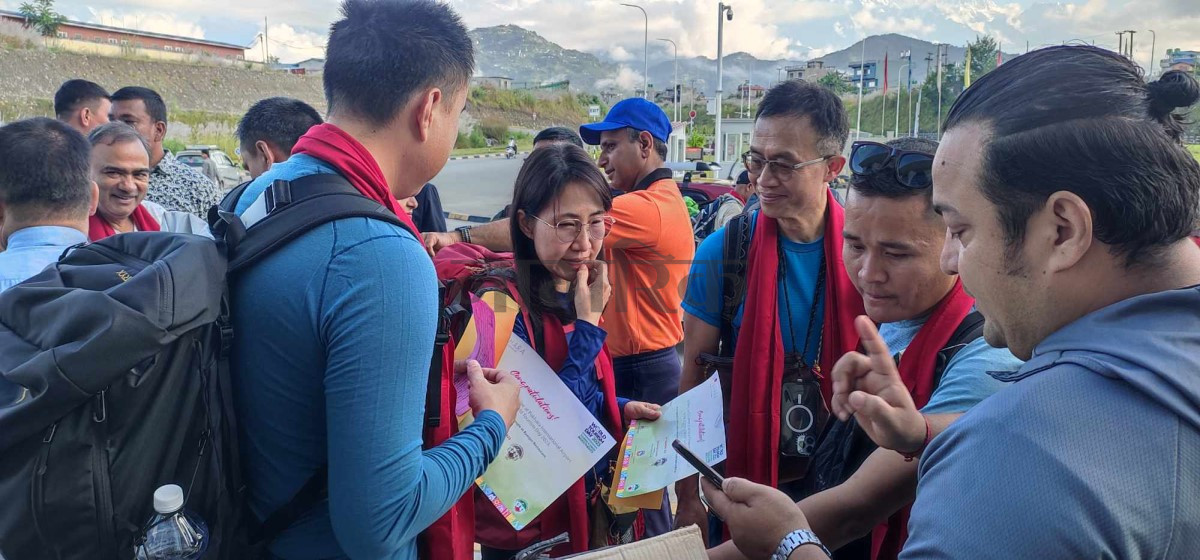
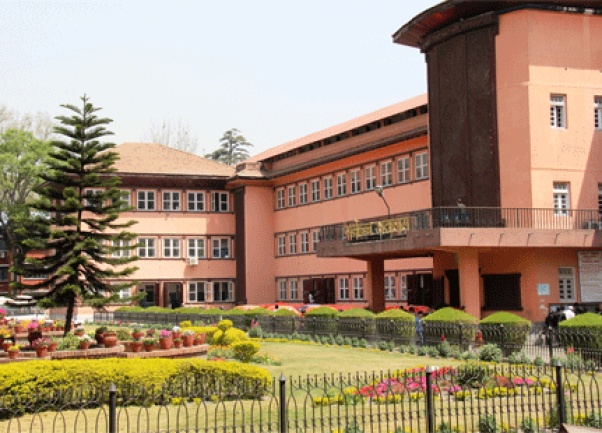

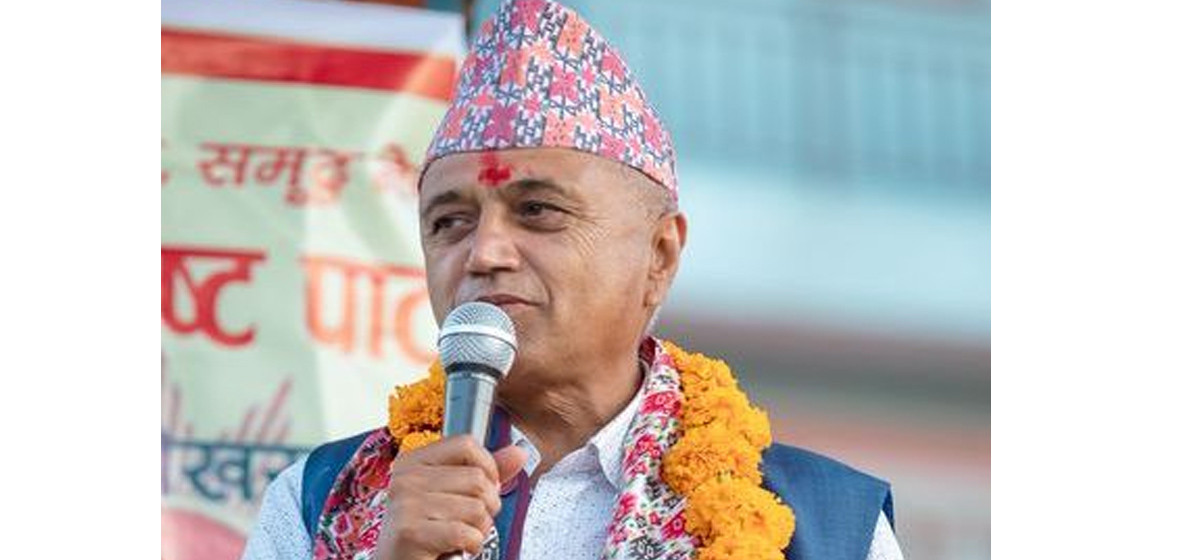
Just In
- Govt approves proposal to feature new map of Nepal on 100 rupee note
- Madhesh: LSP’s provincial assembly member Abhiram Sharma suspended
- Flight operations again halted at PRIA on Friday
- Student attacked while returning from Grade 12 exam in Jhapa
- Red Cross instructs district branches and agencies to adopt integrated accounting system
- RSP calls Secretariat meeting to review by-elections
- Bharatpur metropolis urges businessmen to stop mixing wastewater in sewers
- Gandaki CM to seek trust vote on May 5



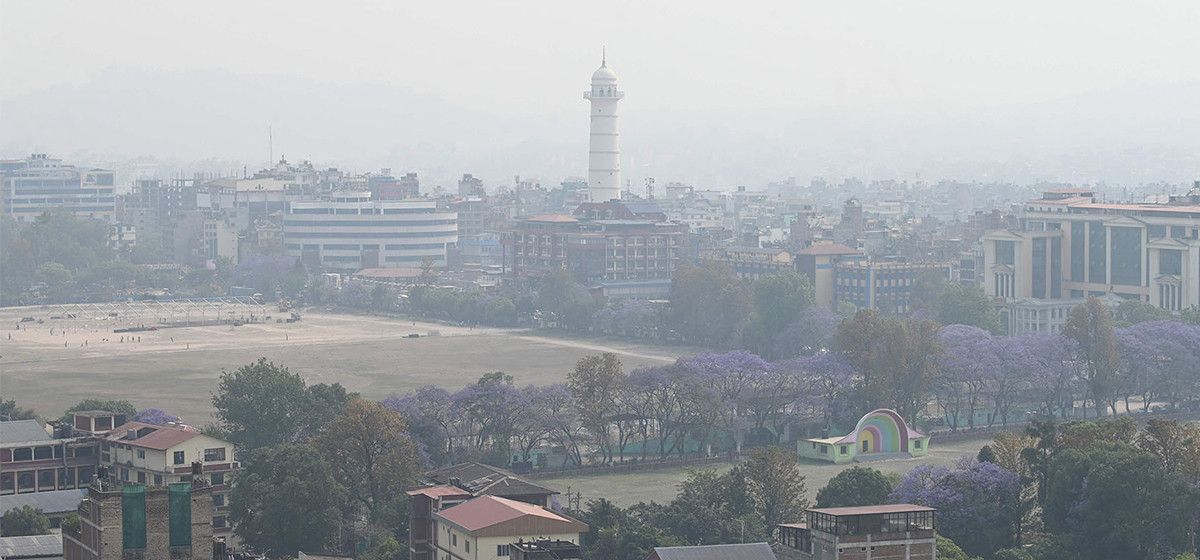
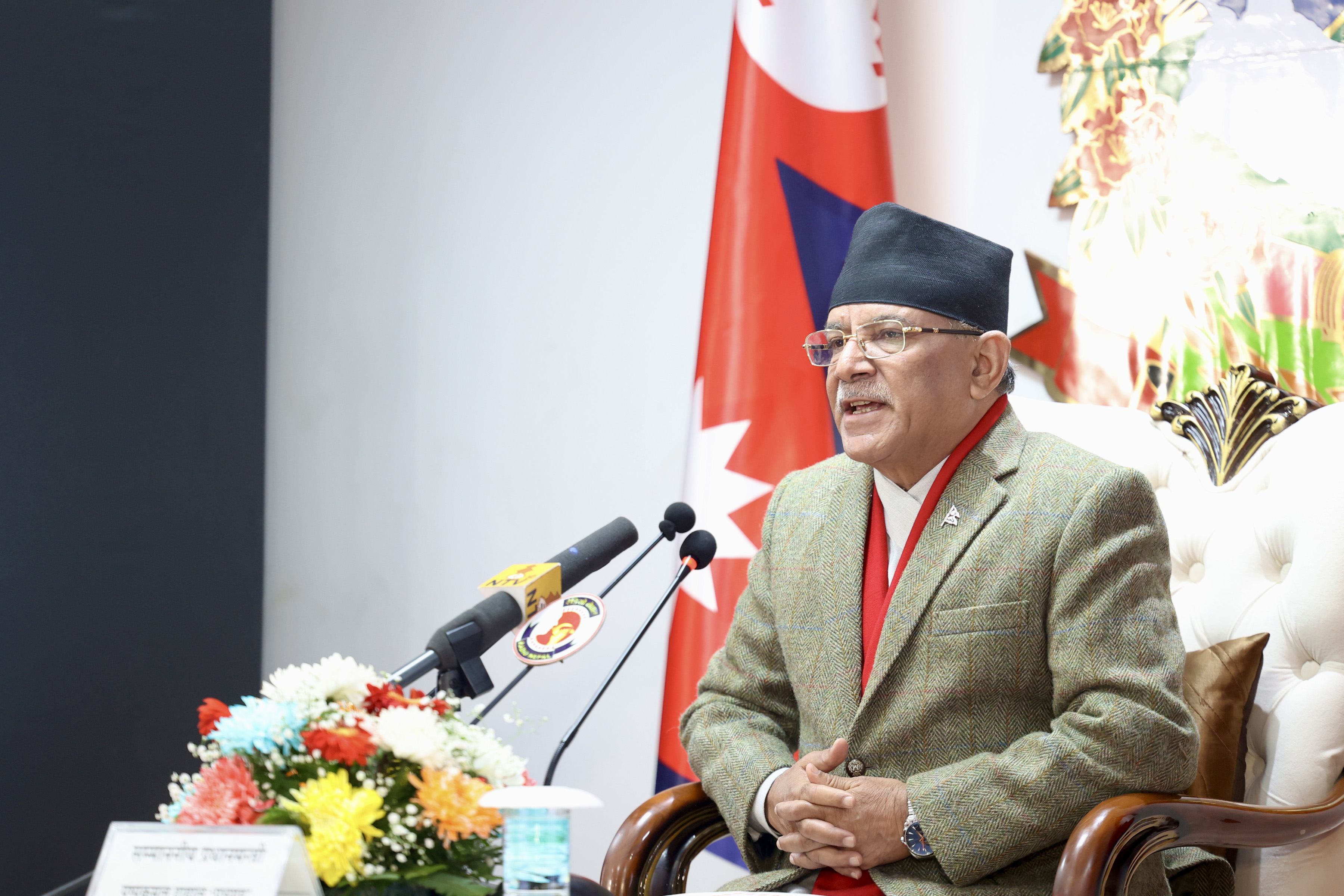

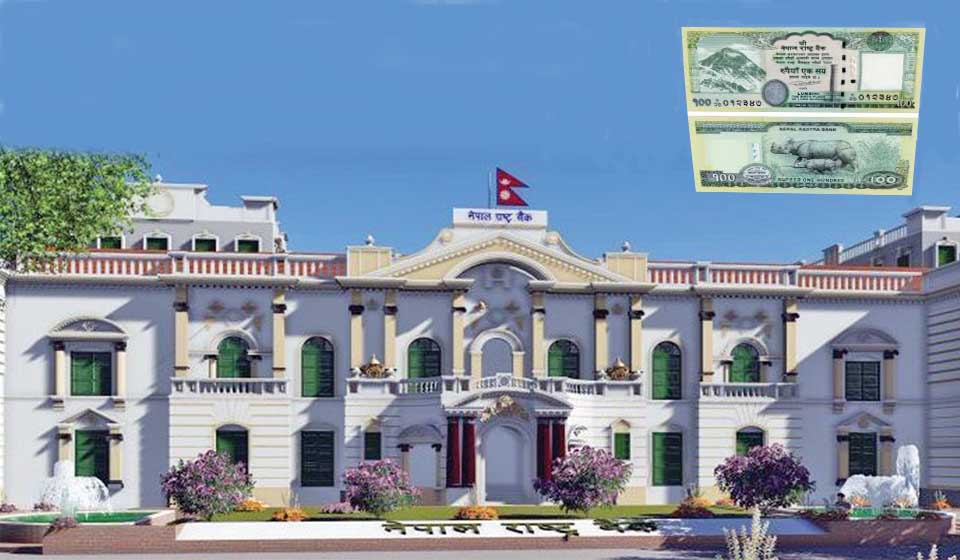
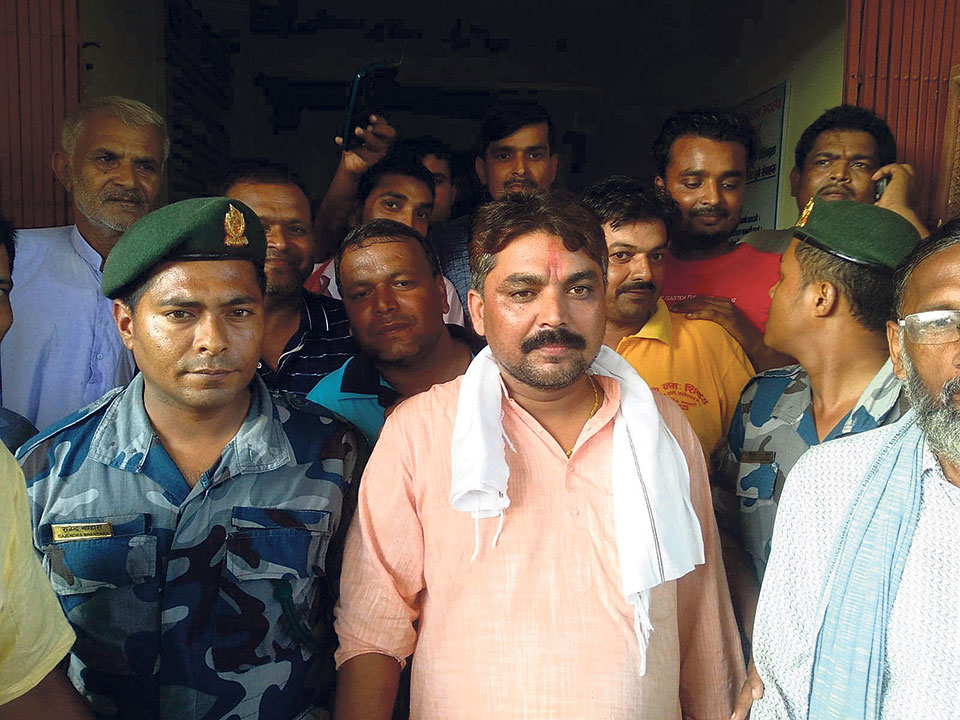
-1200x560-wm_20240503161056.jpg)

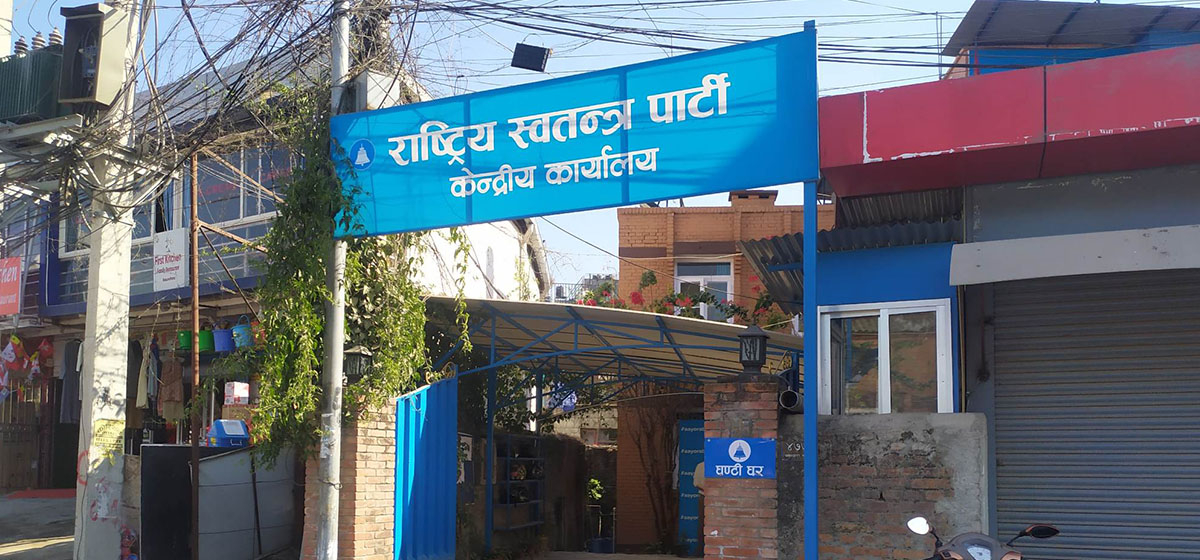
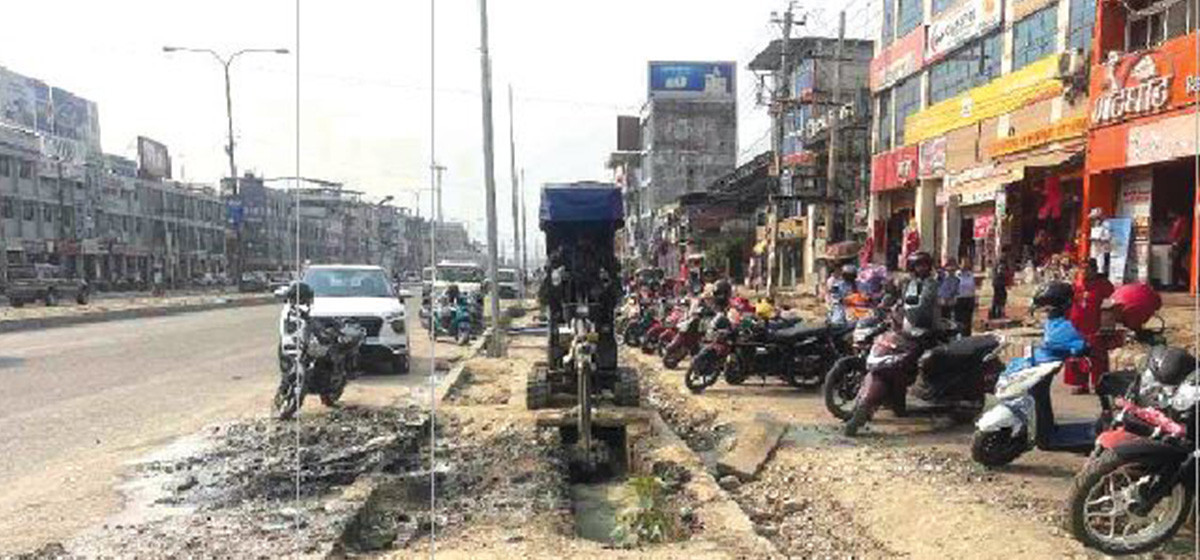
Leave A Comment